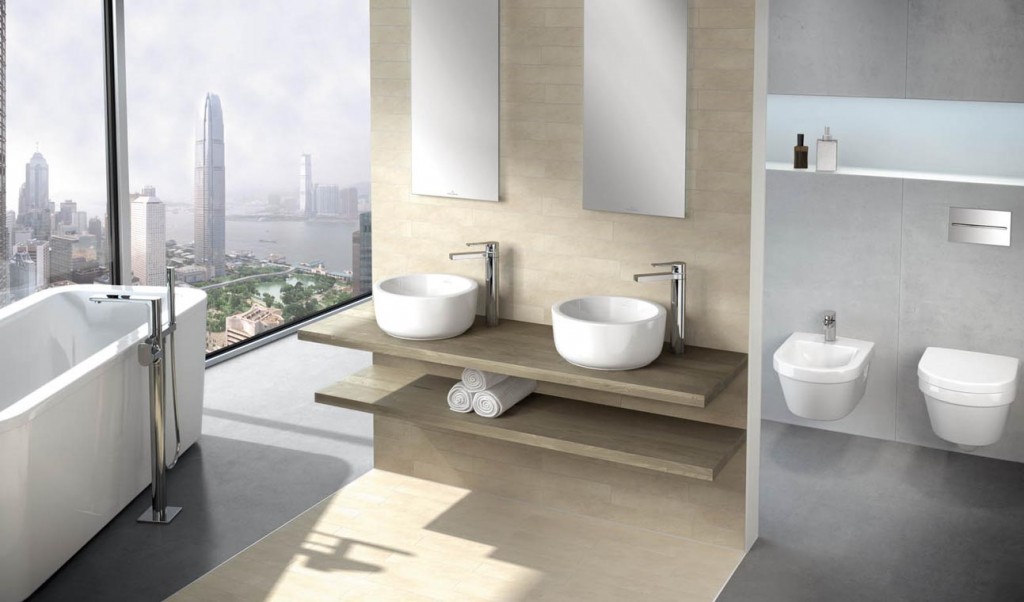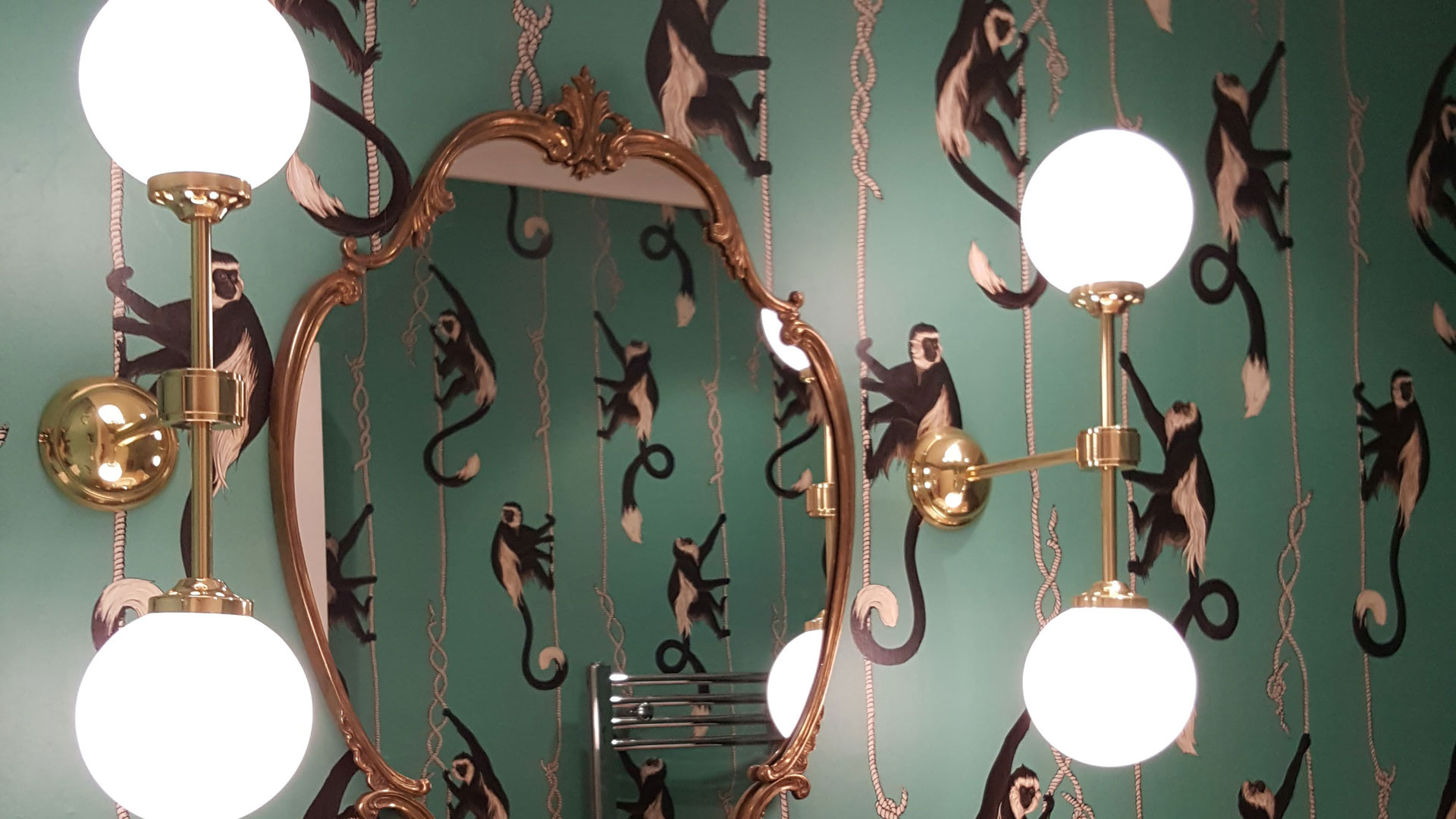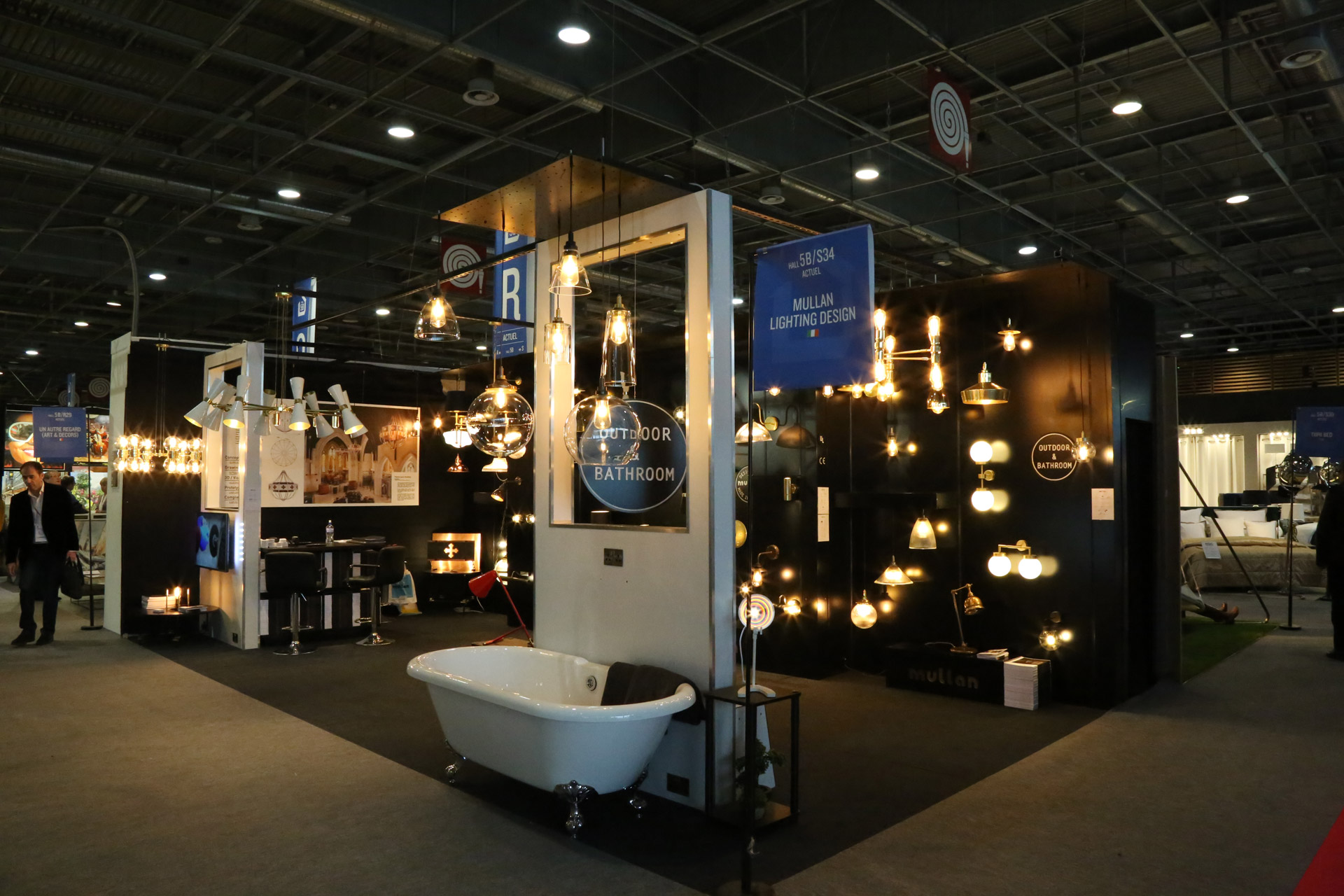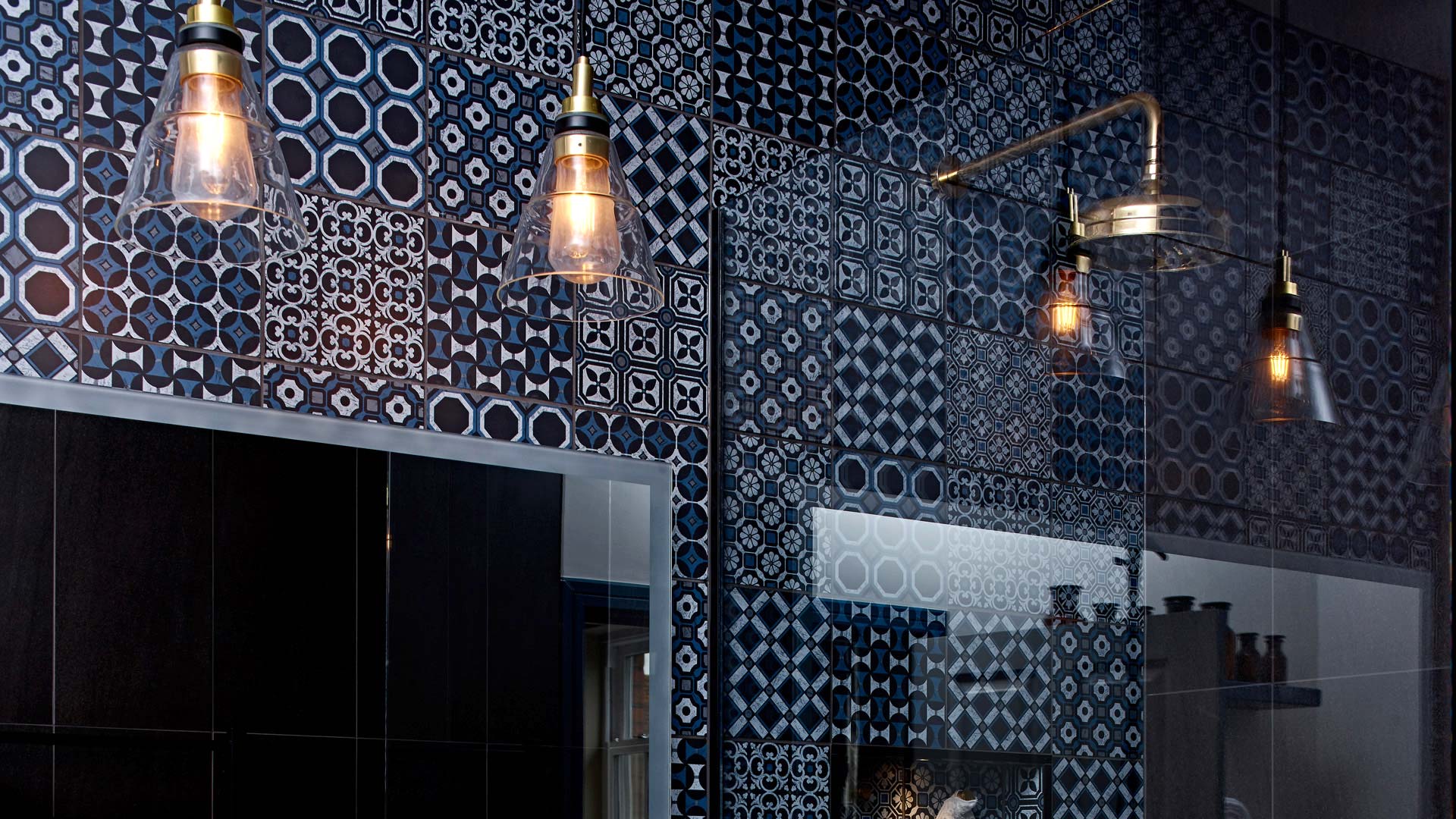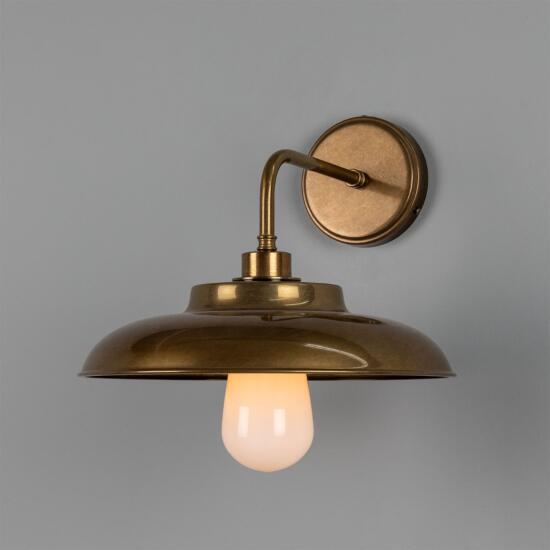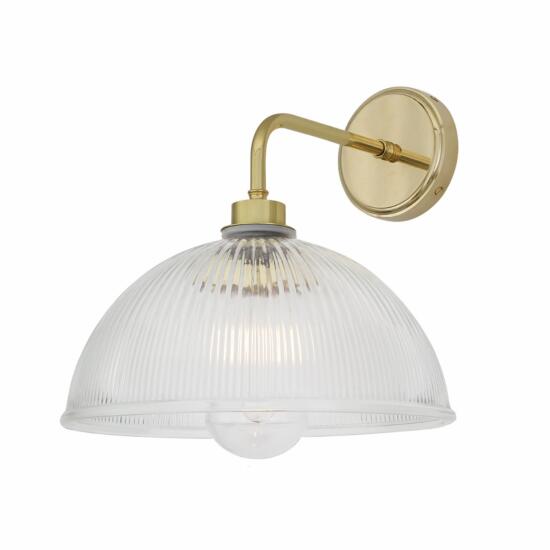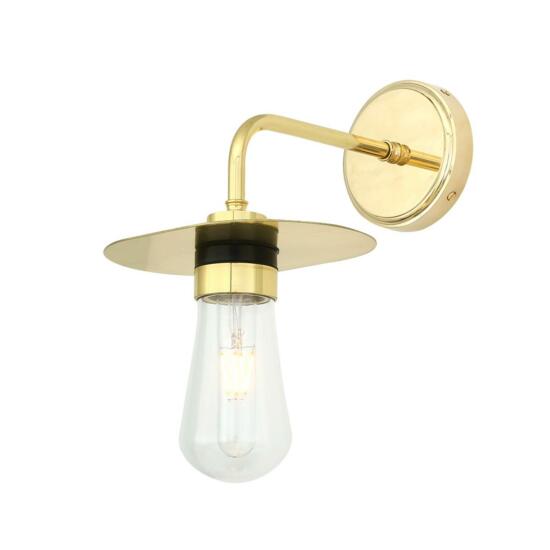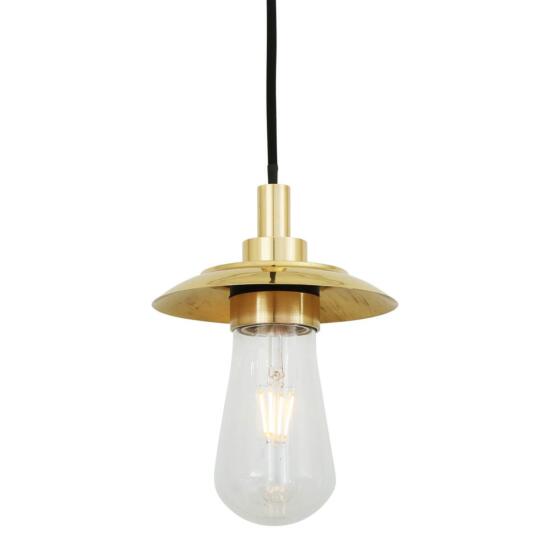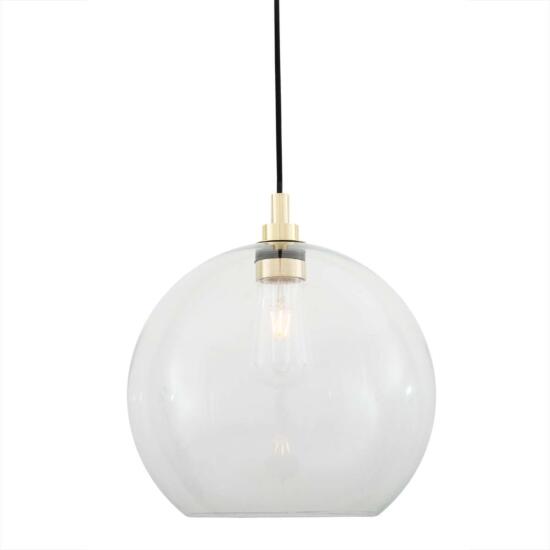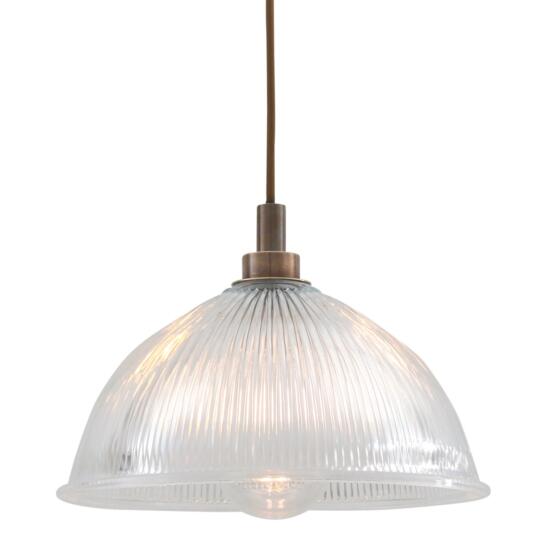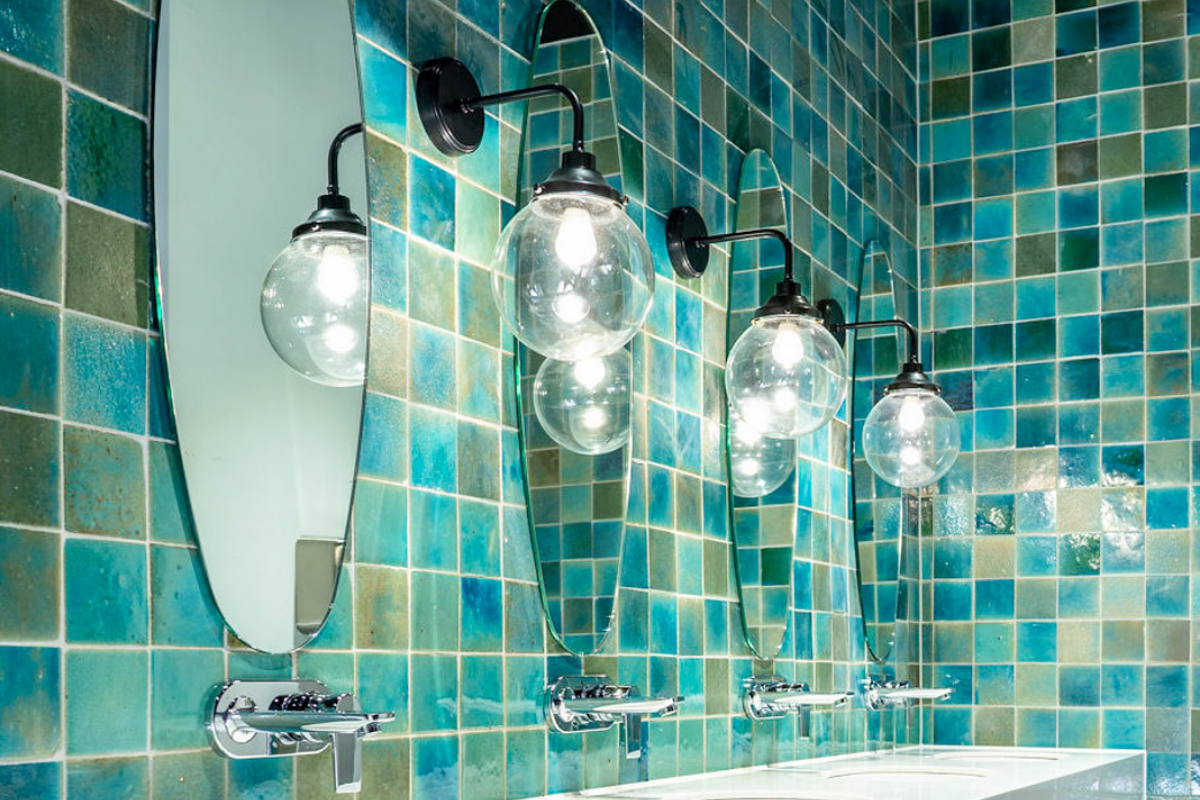
What does IP rating mean in lighting and how important is it? An IP rating is shorthand for an Ingress Protection mark. The IP (Ingress Protection) rating of a bulb or light fixture declares the level of protection it has against dirt and water.
Any fixture that is used in a bathroom, garden or wet environment should have an IP rating that is sufficient enough to stop the ingress of dust and water.
An IP rating consists of two digits. The first digit represents protection against the ingress of solid objects i.e. dust. The second digit represents protection against the ingress of liquids i.e. water. The higher the value of either digit, the greater the protection.
So, what protection do you need?
Lower IP Ratings
Lower IP ratings - such as those below IP44 - are mostly suited for indoor use in spaces that have virtually no exposure to dust or water, like your living room or bedroom. Most light fixtures inside your home will be rated IP20 and that is sufficient for most indoor purposes.
The Pyrus Organic Ceramic Pendant Light is one example of an IP20 rated light fixture. Ideal for kitchens, dining areas or cafes but not in areas of high humidity.
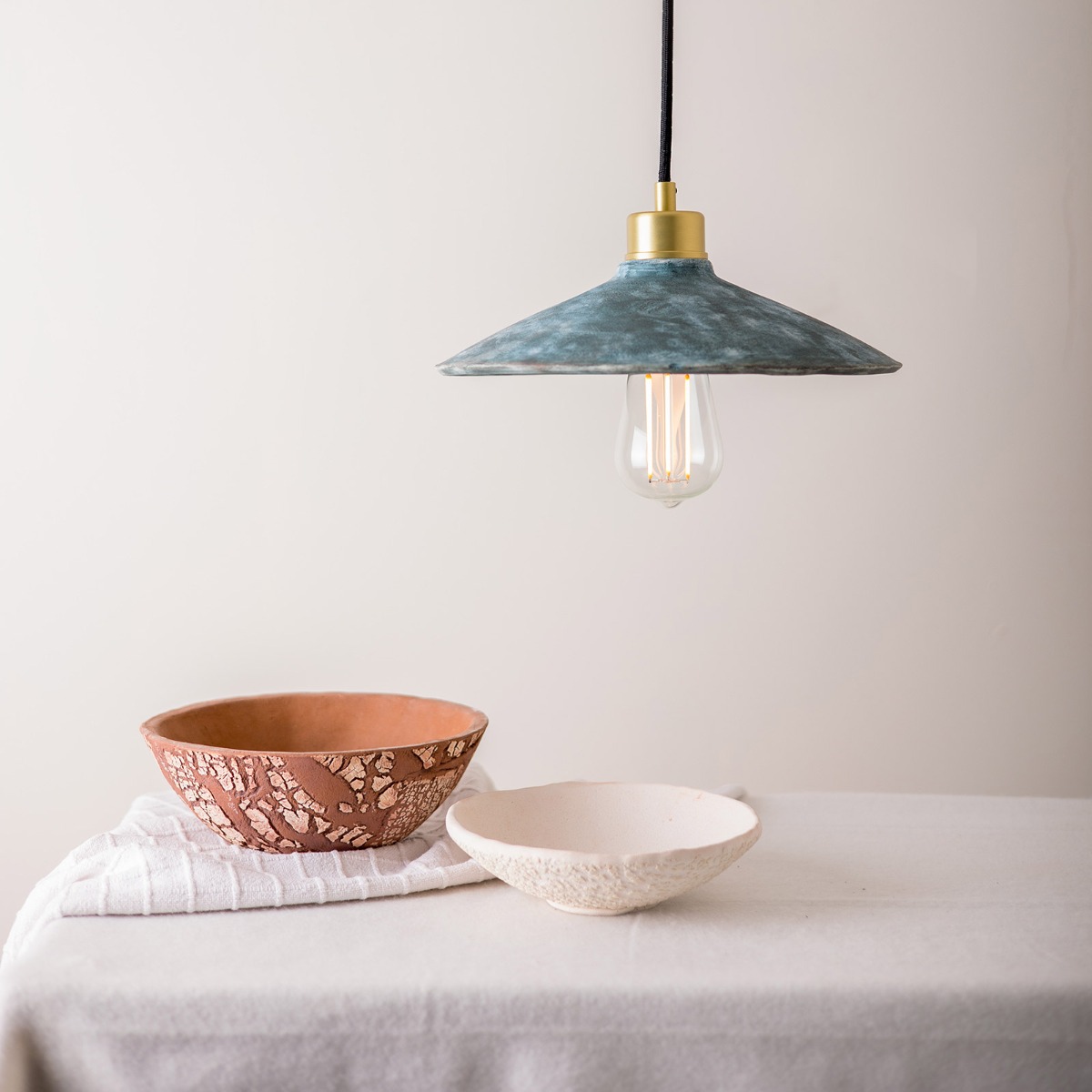
Ratings between IP44 and IP65 are acceptable for both indoor and general outdoor use, provided they are installed in a sheltered location and are protected from the harshest weather conditions.
Higher IP Ratings
Higher IP rated light fixtures are more suited to areas that will be exposed to harsh weather conditions. If there is a chance of contact with dust or liquids, selecting a fitting with a high IP rating will give the most protection.
Light fixtures that are rated IP65 and above are considered to be waterproof and are suitable for both indoor and outdoor use.
The Lana Up/Down Brass Wall Light is an IP44/65 rated wall fixture that would be perfectly suited for the likes of bathrooms or sheltered outdoor spaces.

IP65 and IP66 are common IP ratings that offer more protection. IP65 lights can withstand water projected directly onto the fixture but are not completely waterproof and should not be submerged in water. IP66 lights can withstand water being sprayed forcefully from any direction but should not be submerged in water either.
These following spaces require lights that are rated IP65 and above:
- Outdoor locations
- Locations with exposure to dust, dirt and debris
- Wet spaces with a high chance of coming in contact with water
- Inside showers, pools, wet rooms or bathtubs
A quick guide to Ingress Protection:
IP Rating Visual Support Chart
Dry, Damp, and Wet Areas:
1. Dry Areas:
Definition: Areas with no exposure to water or moisture, such as living rooms and bedrooms.
IP Rating: IP20 is typically sufficient.
2. Damp Areas:
Definition: Areas that may experience indirect exposure to water, such as around sinks or bathtubs.
IP Rating: IP44 is the minimum, but IP65 is recommended for extra protection.
3. Wet Areas:
Definition: Areas where direct contact with water is possible, such as showers or outdoor locations exposed to rain.
IP Rating: IP67 or higher is required for submersion, with IP68 offering continuous water immersion protection.
EU vs. US Standardisation:
1. Standards and Codes:
EU: The European Union typically follows international standards set by the International Electrotechnical Commission (IEC), particularly for the classification of ingress protection (IP) ratings. These ratings define the level of dust and water protection offered by electrical equipment and enclosures. For example, an IP65 rating indicates complete protection against dust ingress and protection against low-pressure water jets from any direction. These standards are designed to ensure consistent safety and performance across various electrical installations in the EU.
US: In the United States, the focus is often on terms like "wet location" or "damp location," which are defined by the National Electrical Code (NEC). These locations are determined by environmental conditions, such as exposure to water or moisture, and the safety measures required for electrical installations in these environments. Instead of using the IP rating system, the US relies on UL (Underwriters Laboratories) certifications to ensure products meet necessary safety standards for specific environments. This distinction leads to variations in how safety is approached in different regions.
2. Safety Concerns:
EU: The European Union has a highly structured approach to safety, particularly in areas with high moisture exposure, such as bathrooms and kitchens. The EU defines safety zones within these environments, with zone classifications (0, 1, 2, 3) that dictate the type of electrical fixtures allowed in each area. For example, Zone 0 refers to areas within a bath or shower where water is present, Zone 1 refers to areas immediately surrounding these zones, and Zone 2 covers regions where indirect exposure to water might occur. These classifications help ensure that appropriate, safe electrical devices are installed in potentially hazardous environments.
US: The US, governed by the National Electrical Code (NEC), does not use specific zones like the EU. Instead, the NEC divides locations into broader categories: "damp" and "wet" locations. Damp locations are areas where moisture or water may occur but not in large quantities, such as basements or kitchens, while wet locations are areas where water is likely to come into direct contact with electrical equipment, such as outdoor spaces or bathrooms. The NEC sets specific requirements for electrical fixtures in these categories, but there is no similar granularity as the EU's zone classifications.
3. Voltage and Safety:
EU: In the EU, there is a strong emphasis on safety when it comes to fixtures in direct contact with water. To minimize the risk of electrical shock, EU regulations often require the use of low-voltage systems (maximum 12V) in environments such as showers and bathtubs. This lower voltage standard reduces the likelihood of electrical hazards in wet areas. Additionally, EU regulations often mandate that electrical systems in these areas be installed with additional safety measures like residual current devices (RCDs) or circuit breakers to protect against potential leakage currents.
US: In contrast, the US allows higher voltage fixtures (typically 120V or 240V) in wet locations, provided that additional protective measures are in place. The NEC requires the use of Ground Fault Circuit Interrupters (GFCIs) for outlets and circuits in wet or damp areas, including kitchens, bathrooms, and outdoor locations. GFCIs monitor the flow of electricity and automatically shut off power if they detect a difference between the hot and neutral wires, indicating a potential leak of electricity to the ground. This safety feature helps prevent electrocution, especially in areas with water exposure.
Summary:
Standards and Codes
- EU: Follows IEC standards with IP ratings for dust and water protection.
- US: Uses "wet" and "damp" locations, certified by UL standards.
Safety Concerns
- EU: Defines zones (0-3) for fixture safety in wet areas.
- US: NEC categorizes areas as "damp" or "wet" without zone distinctions.
Voltage and Safety
- EU: Requires max 12V for fixtures in contact with water.
- US: Allows higher voltage, requiring GFCIs for safety.
Light Safety in the Bathroom
Whilst having a stunning chandelier hanging over your bathtub might look pretty and in vogue, is it actually fit for purpose and protected against water? Is the fixture located outside of a splash zone?
Below we highlight the various zones in the bathroom with regard to lighting and electrical safety. Each zone requires a different, minimum IP rating.
Visual Guide to Bathroom Water Safety Zones
Zone 0 - Lighting that is directly inside the bath or shower
This covers areas inside the bath, the shower tray and sink basin. Any fitting used in this zone must be low voltage (max 12V) and be rated at least IP67.
Zone 1 - Lighting that is directly above the bath or shower
This includes lighting directly above the sink, bath and shower up to 2.25m from the floor and is within 60cm of the water source.
If the fitting is 240V a 30ma Residual Current Device (RCD) must also be used to protect the circuit in this zone (this will make sense to your electrician!).
A rating of at least IP44 is required but generally an IP65 fixture is used for additional protection.
Zone 2 - Lighting placed either side of the bath, shower or wash basin
This accounts for the area that stretches an additional 60cm beyond zone 1 and up to a height of 2.25m from the floor.
In this zone an IP rating of at least IP44 is the minimum requirement and is more than ample.
It is good practice to consider the area just beyond a 60cm radius of any tap or water source as zone 2.
Zone 3 - Anywhere outside zones 0, 1 and 2
Zone 3 is anywhere outside of zones 0, 1 and 2 (subject to specific limits) and where no water jet is likely to be used. In these areas, a rating of IP20 is sufficient.
Bathroom Design in George Clarke's 'Ugly house to Lovely House'. Designer: Edwina Boase. Photographer: Daniela Exley
Naturally with larger bathrooms it’s easier to space and place light fixtures outside of zone 1 especially, affording you a greater choice of light fixtures.
However, we do offer one of the largest selections of decorative bathroom and outdoor lighting of any European lighting manufacturer so we’re confident that we’ll have a suitable IP rated wall, pendant or ceiling light that can add a decorative touch to your powder room.
Now that you’re up to speed with bathroom light zones and IP ratings, you can make more informed lighting decisions for your bathroom and outdoor spaces.
You can follow our essential guide to bathroom lighting and outdoor lighting tips blog to help bring style to these areas too.
Happy lighting!




